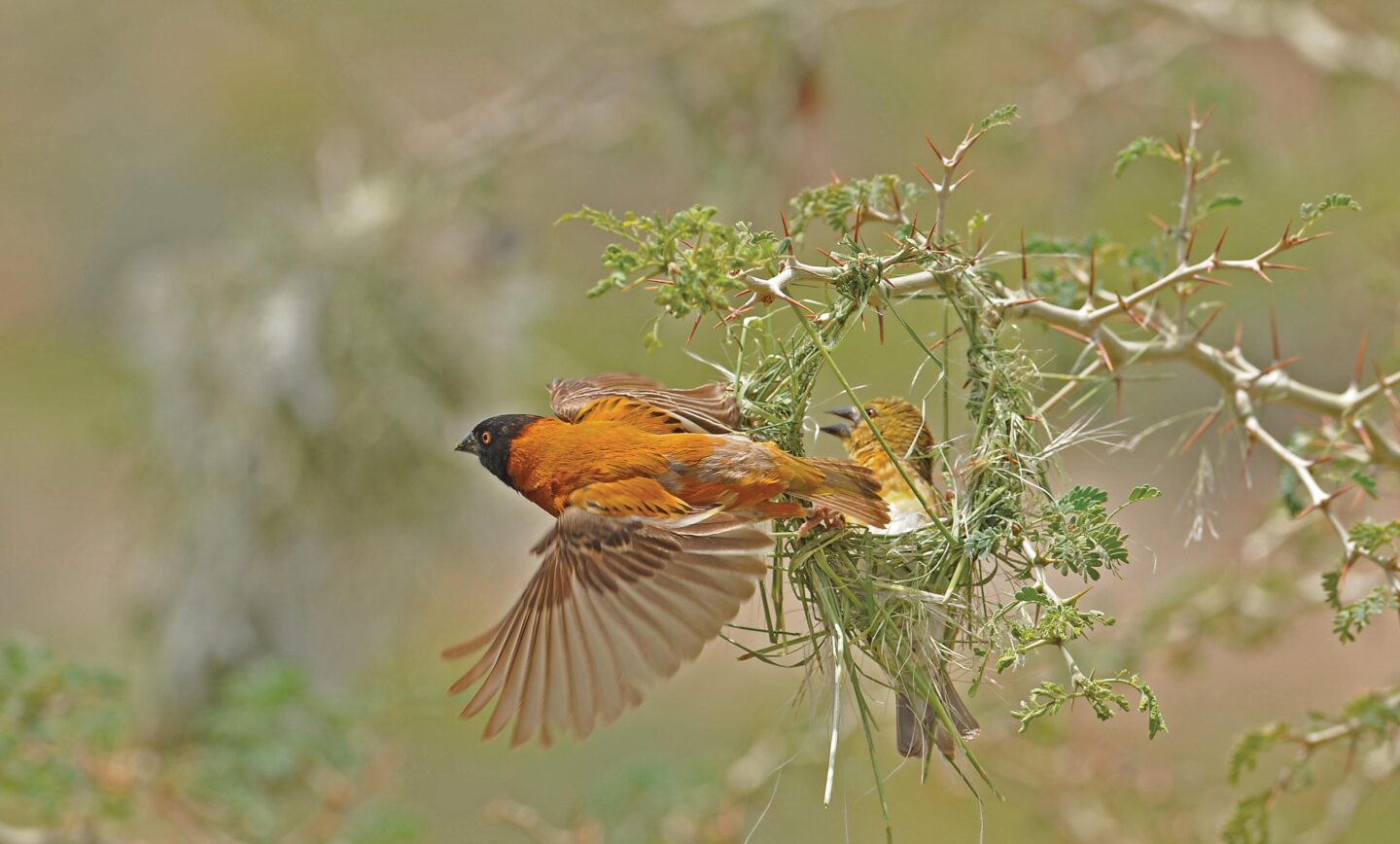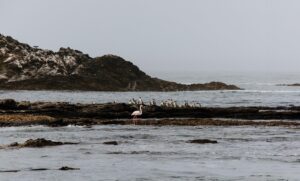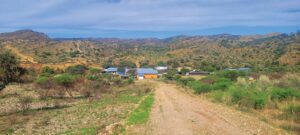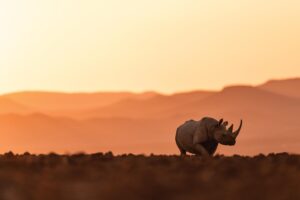

The life of
birds in trees
It might sound like a bit of a cliché to mention the importance of trees for birds and vice versa, although there are unfortunately people who still cannot see that importance, and probably not the importance of trees for humans either – so how in hell would they ever see the importance of trees at all.
Text Pompie Burger | Photographs Pompie Burger
From the Autumn 2021 issue
Probably there is a bit of a hidden agenda in writing this article, but once I have explained, it might make sense to some people (those who know the importance of trees?). The main reason is that this is part of a marketing/ promotional stunt for a book on trees of the Zambezi and Kavango regions published on the 1st of September 2020. Ever since the tree book made its appearance in our hearts, the Burger life-style has changed dramatically. We eat trees (or parts of them), we sit and sleep in trees, we buy trees, we take pictures of trees. Fortunately no hugging, burning or chopping. The reason why this needs to be mentioned is that in the process of getting pictures of trees, fruit, pods, leaves, thorns, dust and bark, I became a multi-tasker, a driver, butler, teaboy, reliever and waiter – a waiter as in waiting for the above to take place.
Other than smoking, I realised that apart from all of the above I could indeed make a contribution to this artistic masterpiece on trees. While sitting and releasing myself (stress) under one tree after the other, I came to the conclusion that each tree species looks different at the bottom (down under), be it seeds, fruit, leaves, shit or skeletons. Seeing an opportunity to become notorious, I started taking pictures of above mentioned paraphernalia to become part of the success story. Most of my efforts were rejected (“looks too much like a still life”). I must confess I did move the odd pod or leaf to improve the artistic value of the shot. My last chance to enter the hall of fame for trees, was offering my pictures of birds sitting in various important trees utilising the different entities available, but they were discarded even quicker. My only remaining option to get the discarded pictures in was to write an article on trees and birds.
Looking through my “discarded” pictures of birds in trees (not the “still lives” this time) I again come to realise that birds and trees are almost synonymous. Apparently, bird species are divided into tree and none-tree birds, and the importance of this is so enormous that they even gave these two bird groups fancy names: Passerines and Non- passerines. Passerines are also known as perchers, having a foot/toes structure that sets them apart – three forward pointing toes and one toe pointing backwards. This means (maybe) you will find them in trees, or not.
Trees are for birds what a bedroom is for humans, a place to sleep, sit, mate and eat. Although nowadays there is a tendency to watch TV in bed instead of mating. So, let’s talk about eating, nesting, procrastinating and sleeping. Looking at the different eating disorders in birds, it seems as if trees and their by-products can supply almost any dietary need any bird can think of. Whether they are fruitarians, vegans, lacto vegetarians, flowerarians, or insectivorous and carnivorous (birds from Gobabis).
“Trees are for birds what a bedroom is for humans, a place to sleep, sit, mate and eat”
Once the tree has reached maturity, flowers will start the vicious circle, attracting bees, insects and sunbirds. From here onward the traffic in and around trees becomes hectic with the subsequent arrival of fruit and pods with seeds, after the flowers have moved on. The essence of the story is that at different stages different birds line up at different parts of different trees and at different times of the year for flowers, fruit, pods and insects. So, round and around they go, keeping everybody happy. Even the odd raptor can come for a bite (weaver) or just to eat his lizard or snake in peace and quiet.
Nesting in trees can be anything between a few sticks and stones for the raptors, and, at the other end of the scale, the massive architectural masterpieces of the Sociable Weavers. To optimise the housing potential of trees, some birds even build their nest inside the trunk (barbets, woodpeckers), while the rest hang around in their nests on the outside. Luckily some birds even share their apartments in highrises with the Hamerkop Real Estate.
As for resting and sleeping, fortunately the owls and owlets leave the scene of crime during the night, leaving the trees open for diurnal birds, while they go out to do their share of hunting. For some wonderful reason (their toes?) the geese also do their roosting in trees, contrary to ducks who stick it out in the water.
There is also an additional mutual advantage that birds offer to trees. They spread the seeds, pollinate flowers, add some manure to the ground below, remove unwelcome insects and worms from the bark and, last but not least, beautify trees with their presence (ever seen a group of Carmine Bee-eaters changing a Silver-leaved terminalia to a Purple-pod terminalia?)
If you think the pictures in this article are spectacular, you can imagine what the pictures in a book on trees look like if these ones did not make the cut! TNN






